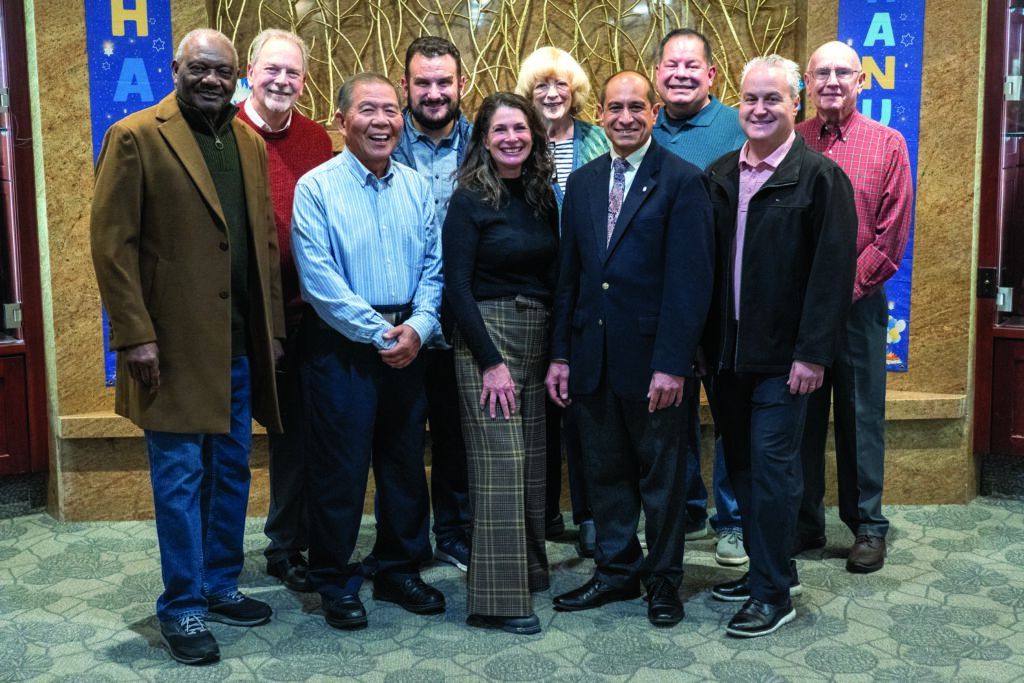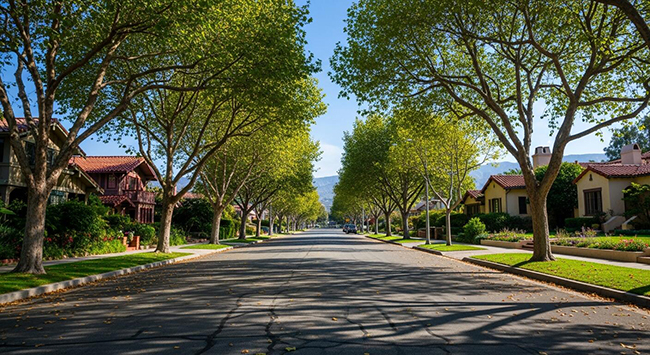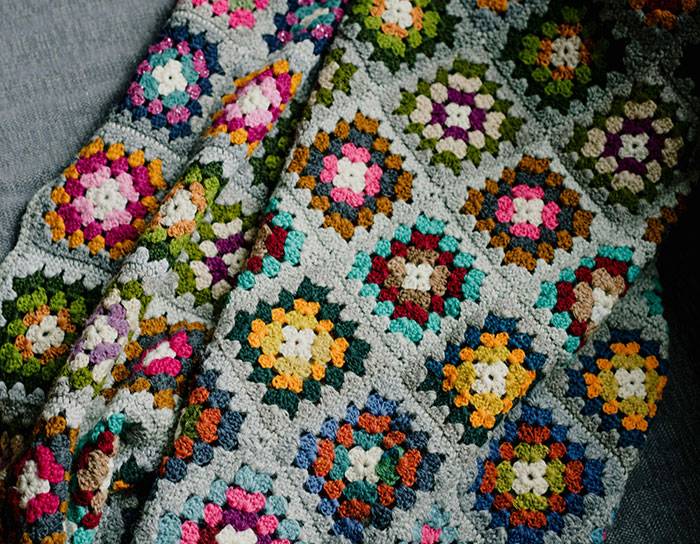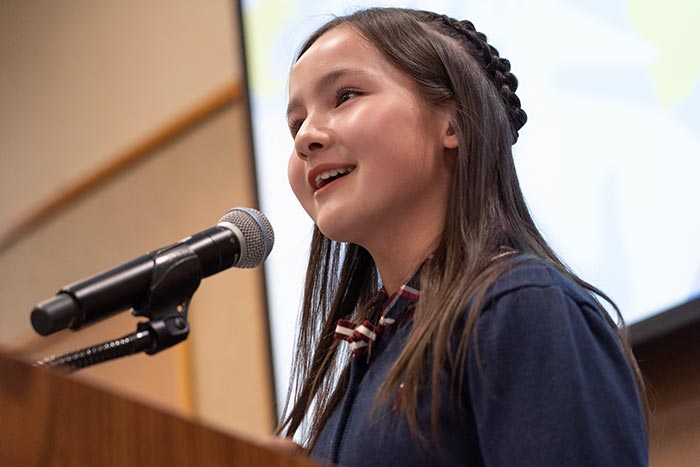Remembering Claremont’s January 2022 windstorm

by Janice Hoffmann
Nowadays, seasons surprise in SoCal. Appearing well into December, fire season often exceeds his welcome, not that he ever had one. Rainy season usually shortens her much-welcomed appearance by weeks, if not months; like a surly teenager, you never know for sure she is gone until she just stops showing up. The seasons, once blurred, are now unrecognizable.
It’s been almost two years since a wicked cousin came to town. These were the hurricane cousins of the Santa Anas, pushing 70 mph, the offspring of bigger windbags. As a child in central Illinois, tornado drills were a part of life. Many times, in response to a community-wide siren, I scrambled to shelter under my desk if I was at school or in the culvert by the cornfield if we were driving the dirt roads between Cerro Gordo (the town of 1,000 where everything happened) and the farm where I thought nothing happened. If we were lucky enough to be at home when the warnings came, we would scurry to the basement and take cover in the root cellar amongst the remnants of last year’s garden: spuds, beets, carrots, and onions.
I’ve lived in the “City of Trees and Ph.D.s” for 45 years. Our pioneers founded a college, and planted trees — lots of trees — so now we live in an urban forest and have multiple blooms in the educational laureate that crowns Claremont.
In January of 2022 our green friends were severely assaulted, and we still mourn. By we, I mean those who live here or enjoy passing through, those who have gone to school here, have driven their vintage car on our segment of Route 66 we know as Foothill Boulevard, have enjoyed the iconic campuses, “The Village,” the historic train depot cum art museum, the California Botanic Garden, Claremont Heritage in Memorial Park, and who have loved Walter’s, Some Crust, and Créme.
We are all in mourning because some of the trees our pioneers planted are no longer with us. We are no strangers to adversity, having been through a pandemic together, but we would rather not have added this to our list. The morning of January 22, 2022 we saw devastation and the death of old friends, caution tape cordoning off damage like crime scenes, as if winds could be brought to trial and we would have a sense of justice.
Months were spent cleaning out space previously occupied by the living and doing postmortems. My sentimental favorites were the eucalyptus, some so old and large, weakened by their weight, centers hollowed out. Who knows, perhaps they finally tired and welcomed death.
I would like to think Memorial Park’s gargantuan live oak, Quercus ilex, fought like hell and raged against the wind. I know a manzanita at high point did not go gently, its root ball above ground at a right angle, as wide as its height. The Canary pines on North Mountain Avenue gave up a vast percentage of their needles and cones, but most survived with their backbones intact.
Their counterparts in “old Claremont” did not have it so easy, grabbing for dear life onto Southern California Edison lines, not caring that their desperation deprived others of power and put us all in fire danger. The winds were capricious, randomly selecting saplings and the mature, those expecting long futures as well as the elderly who had lived satisfactory lives.
Everywhere we look, stability, comfort, and shade are diminished. We have fewer limbs for swings, berths for birdhouses, nooks for squirrels. Gone. I want to set up replacement oxygen stations for people as if the energy we get from our trees is as easy to replace as charging our electric cars.
We finished visitation; remains were handled, memorials held. The week prior, Chet Jaeger’s obituary appeared in the Courier, but I like to imagine that he and the Night Blooming Jazzmen are winding their way through our streets, leading saints to a place of rest.
Let the wake continue with the Chinese proverb: The best time to plant a tree was 20 years ago; the second best time is today.










0 Comments